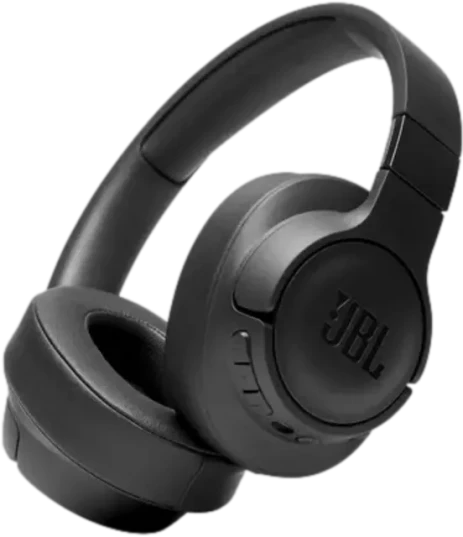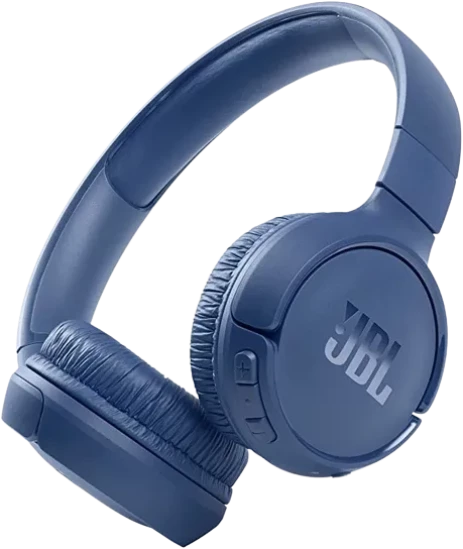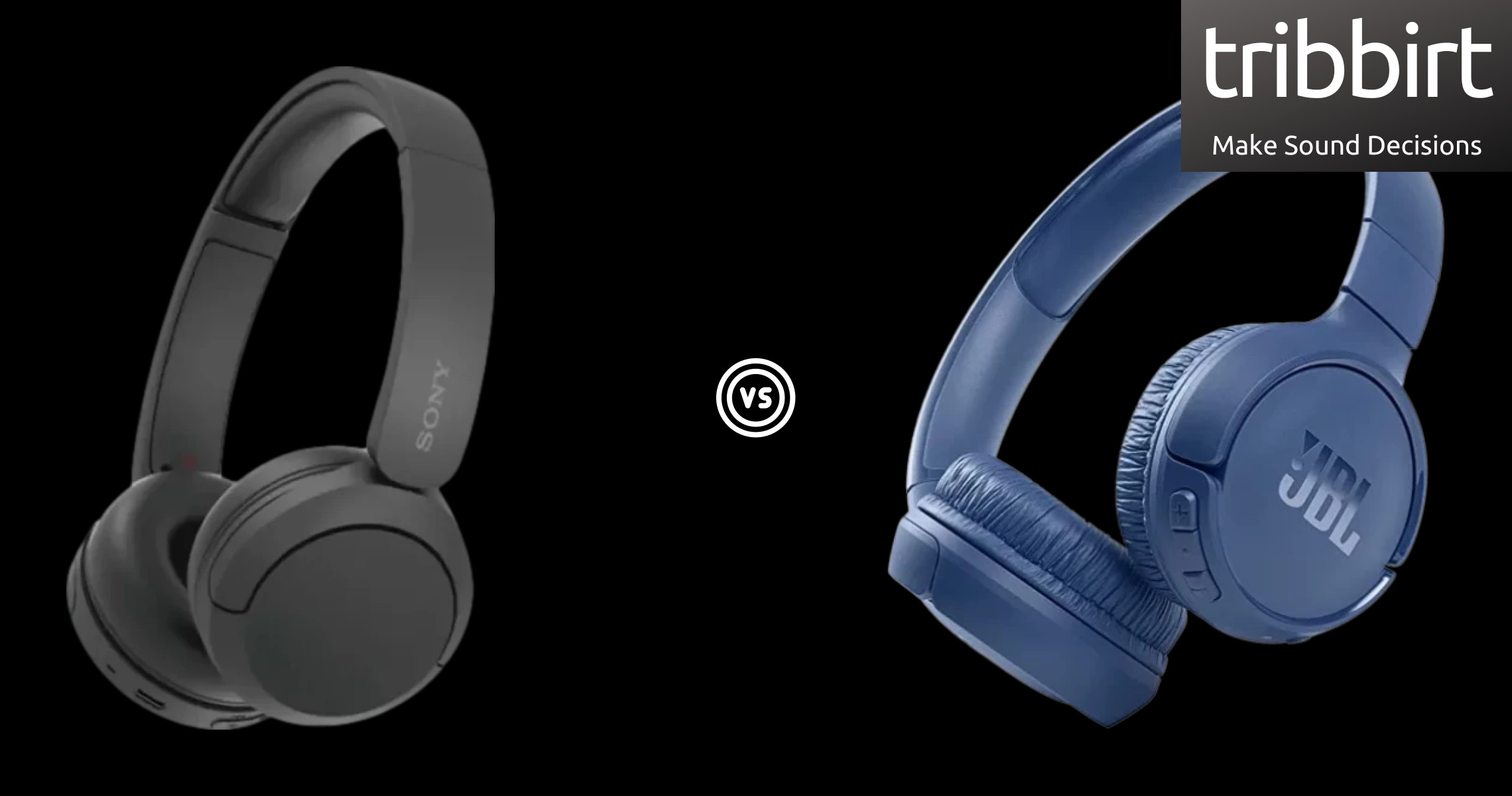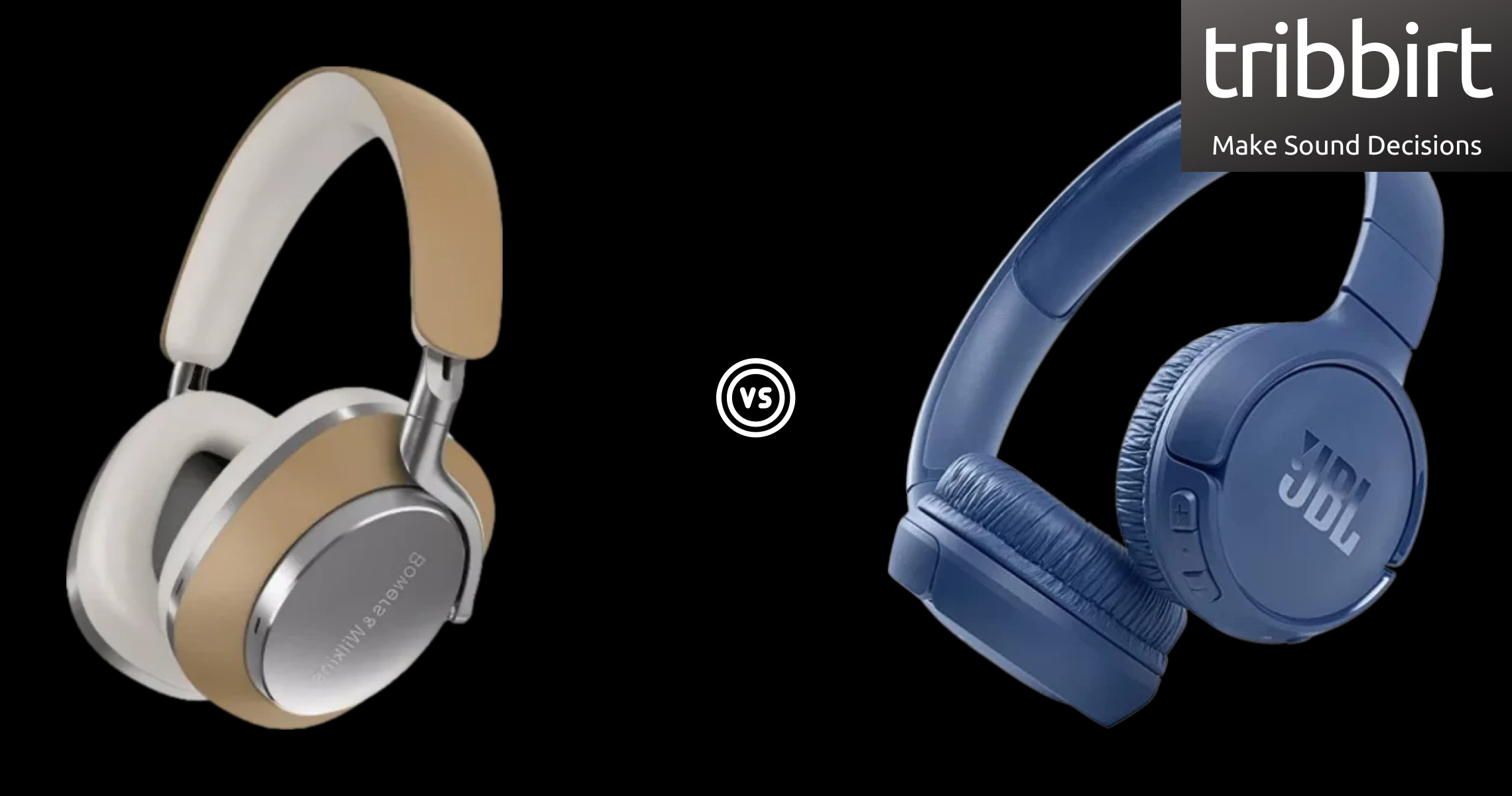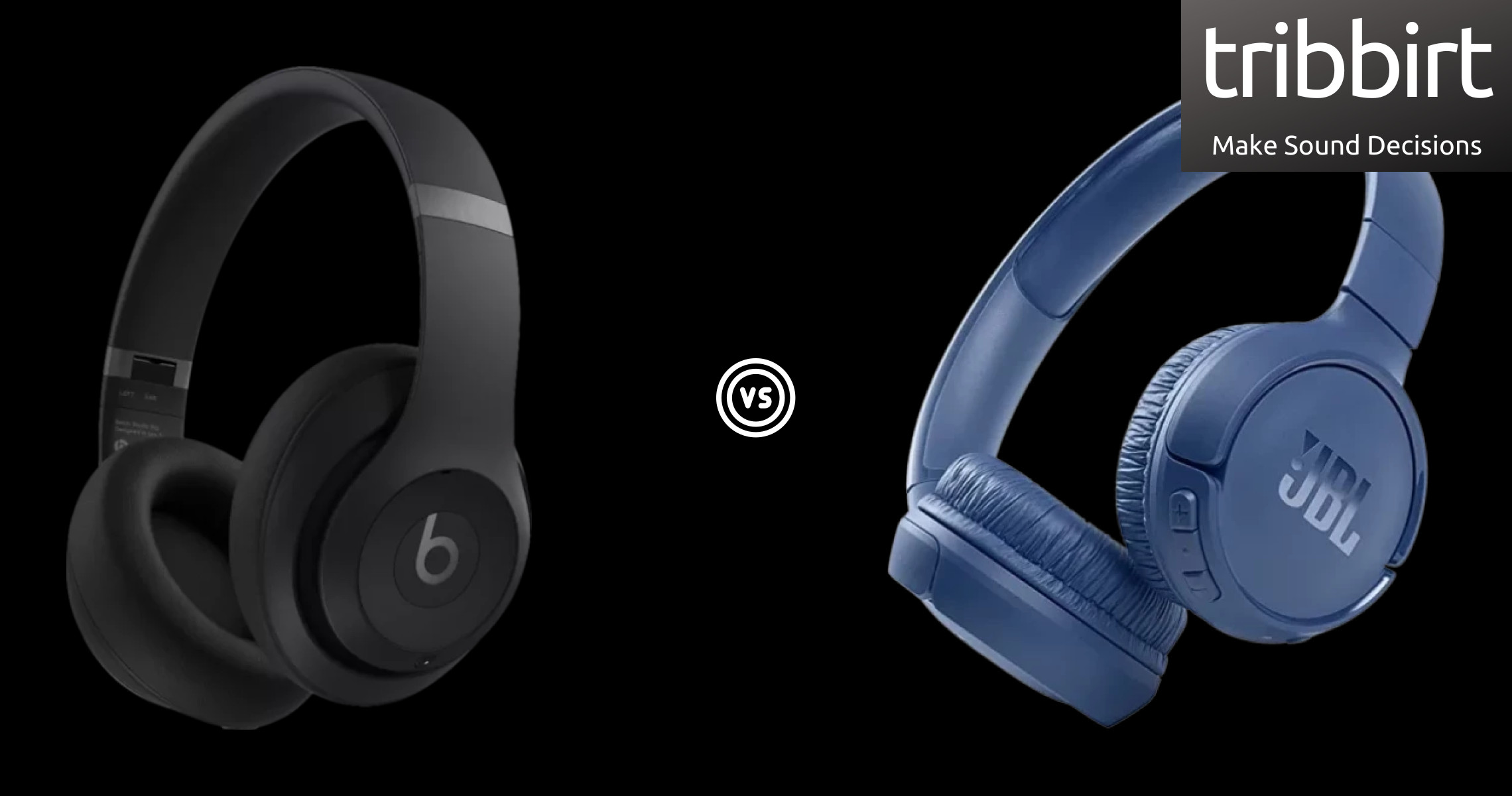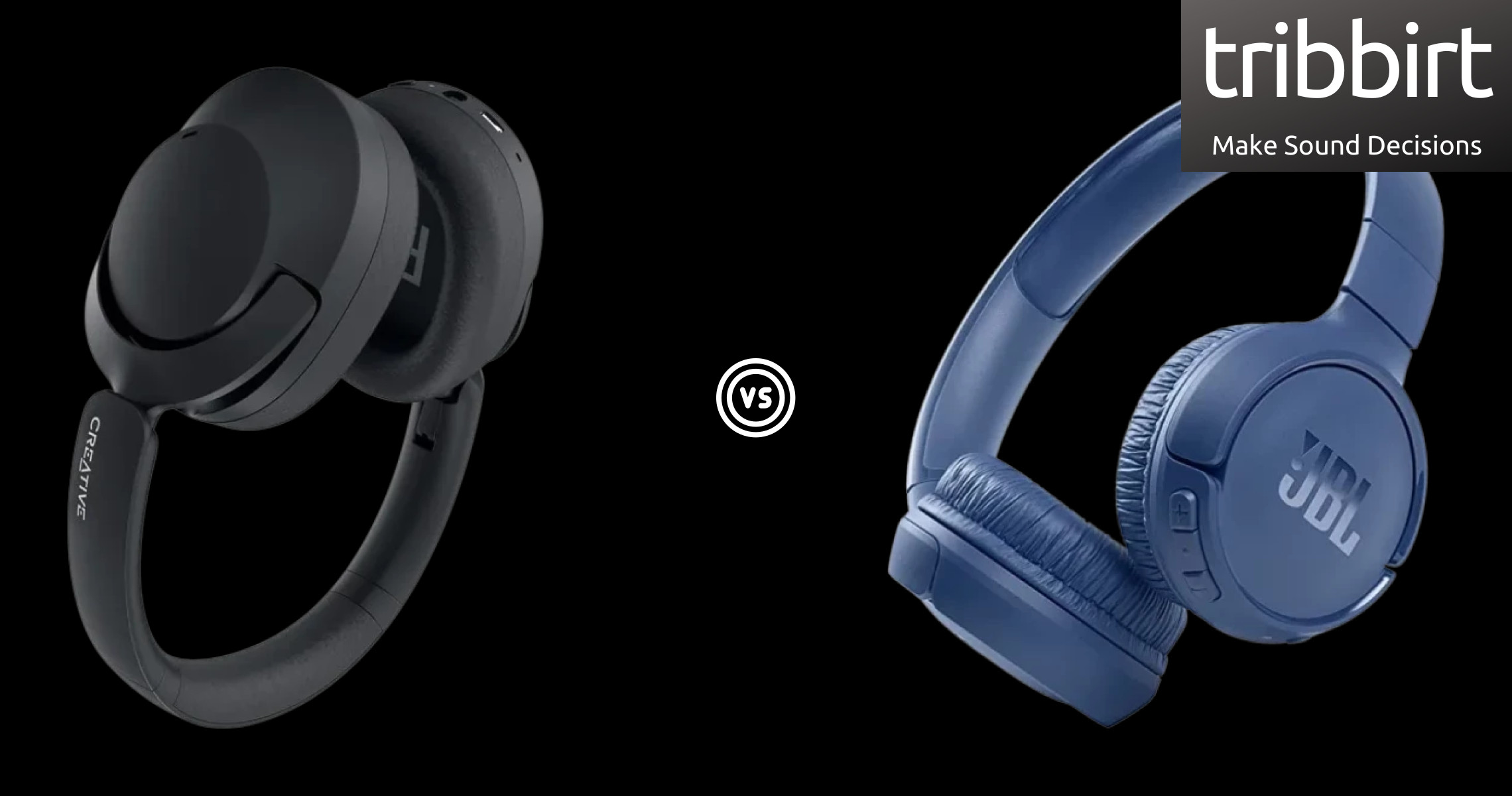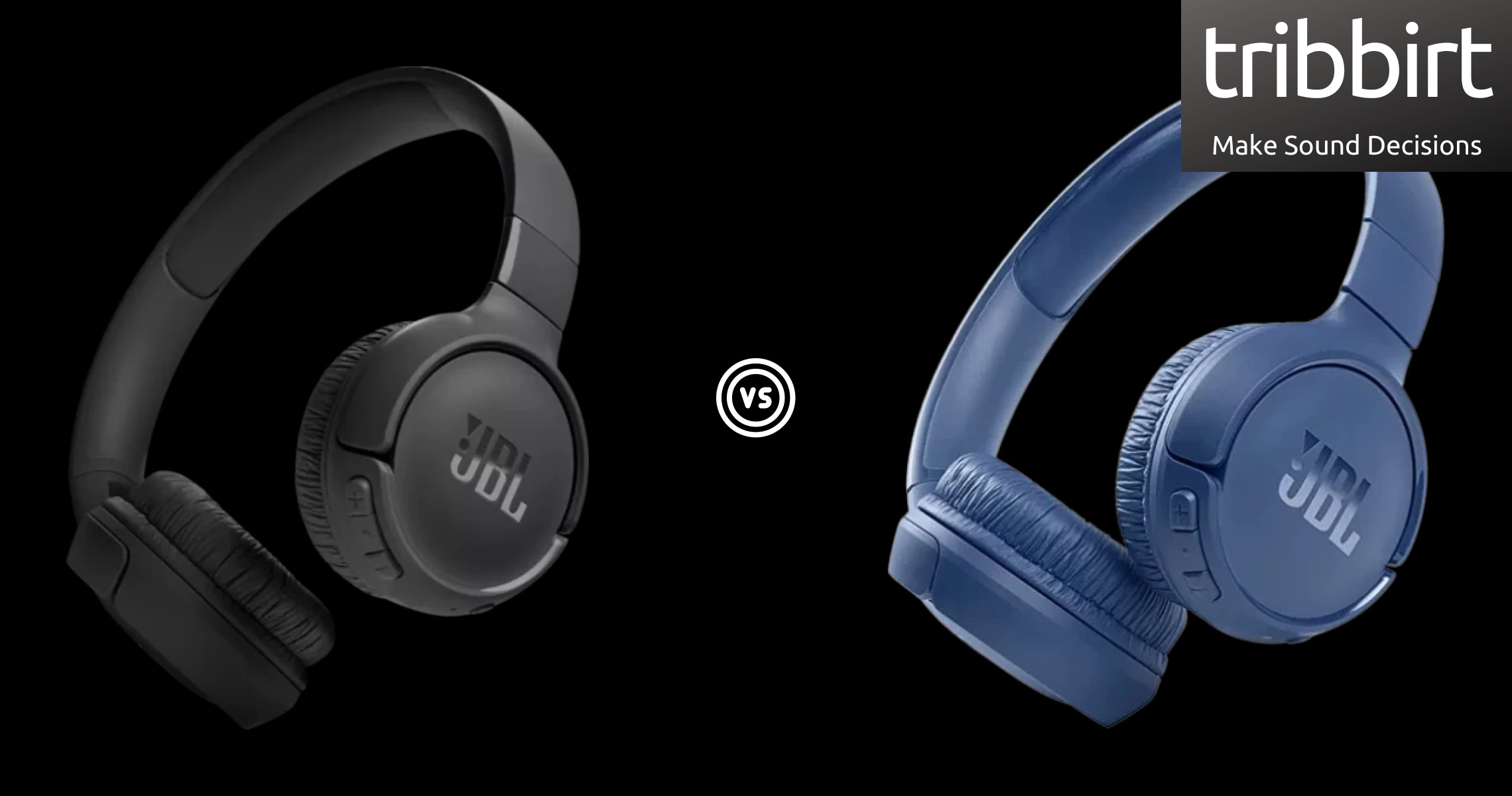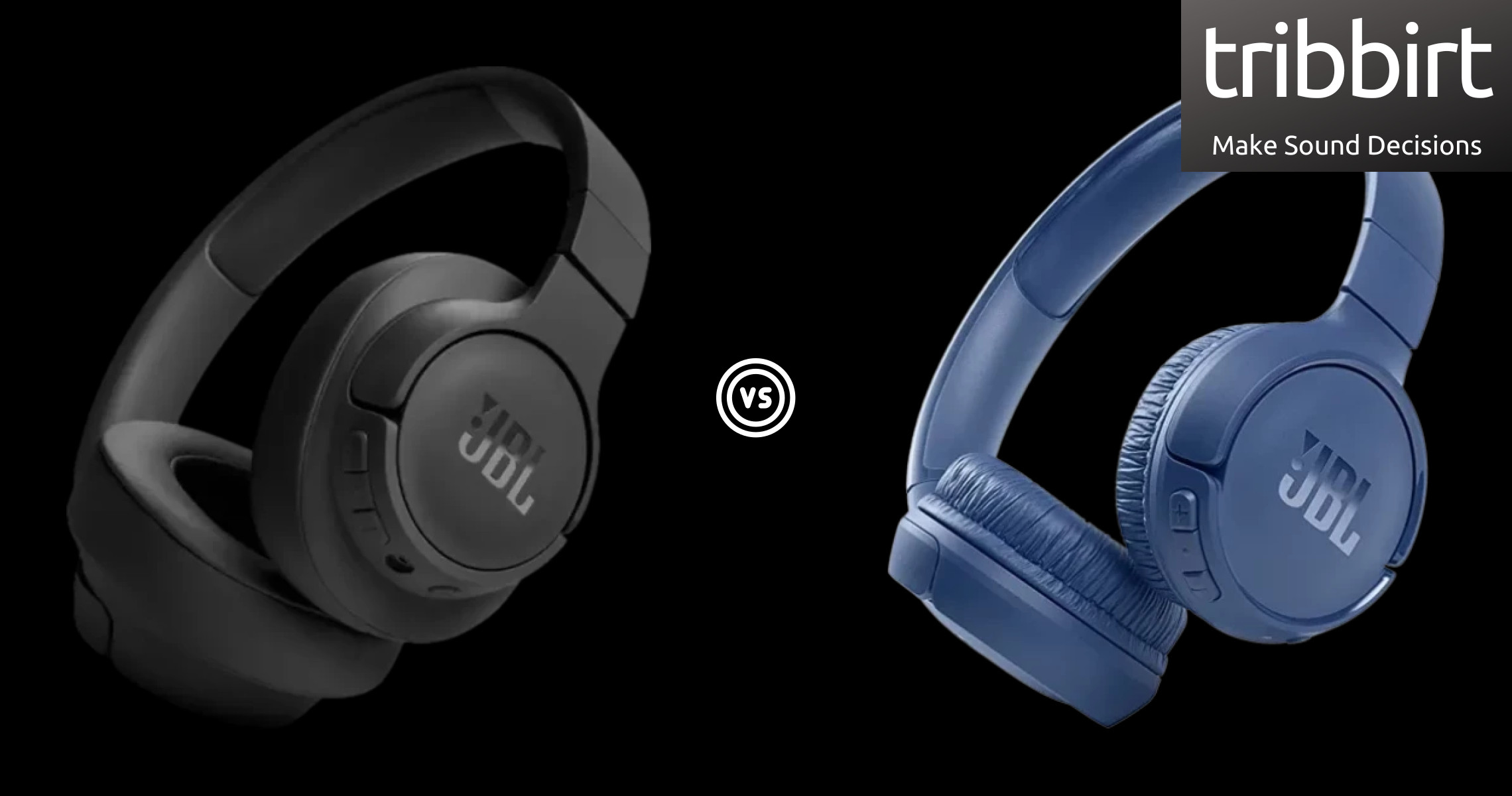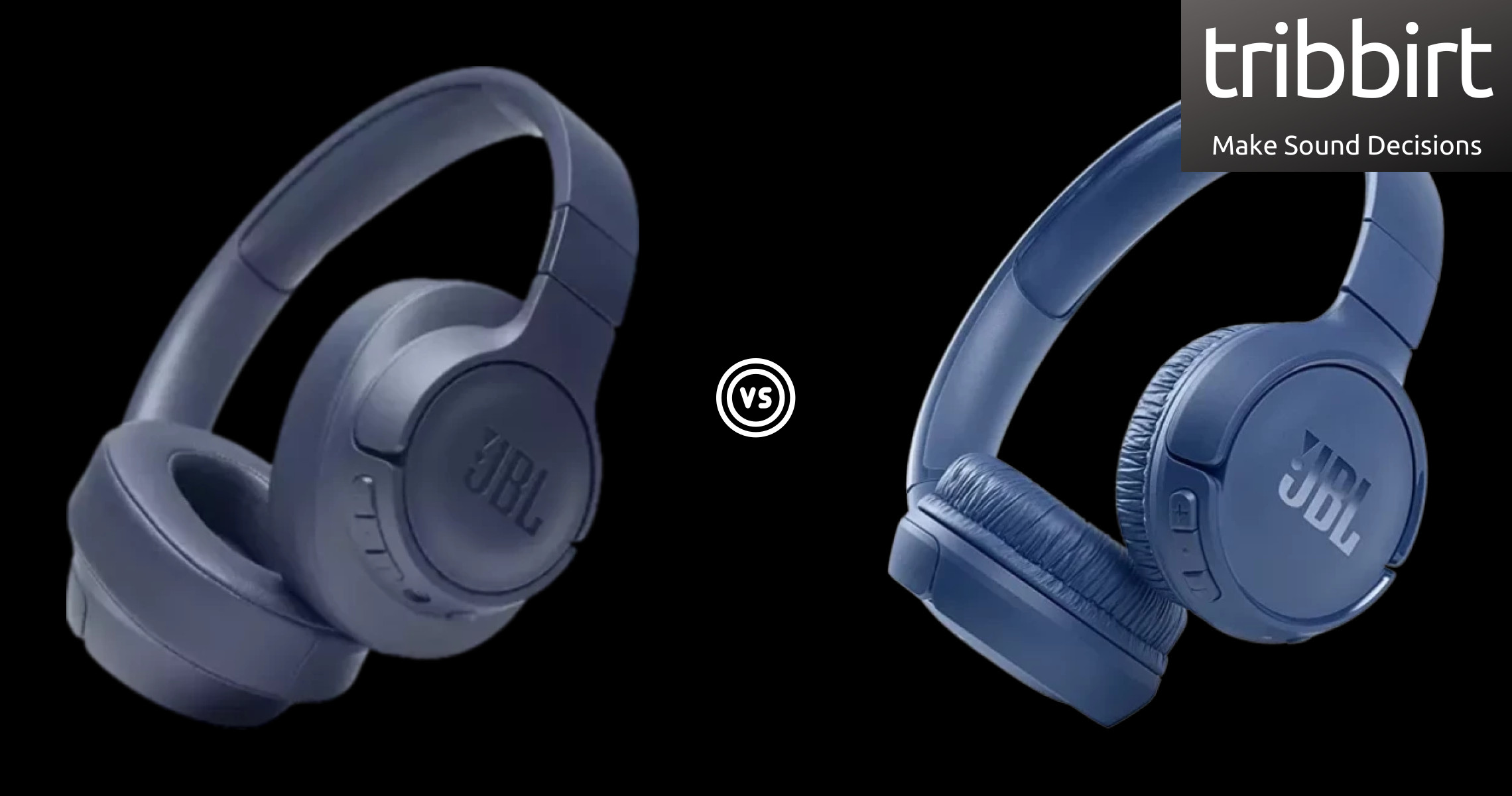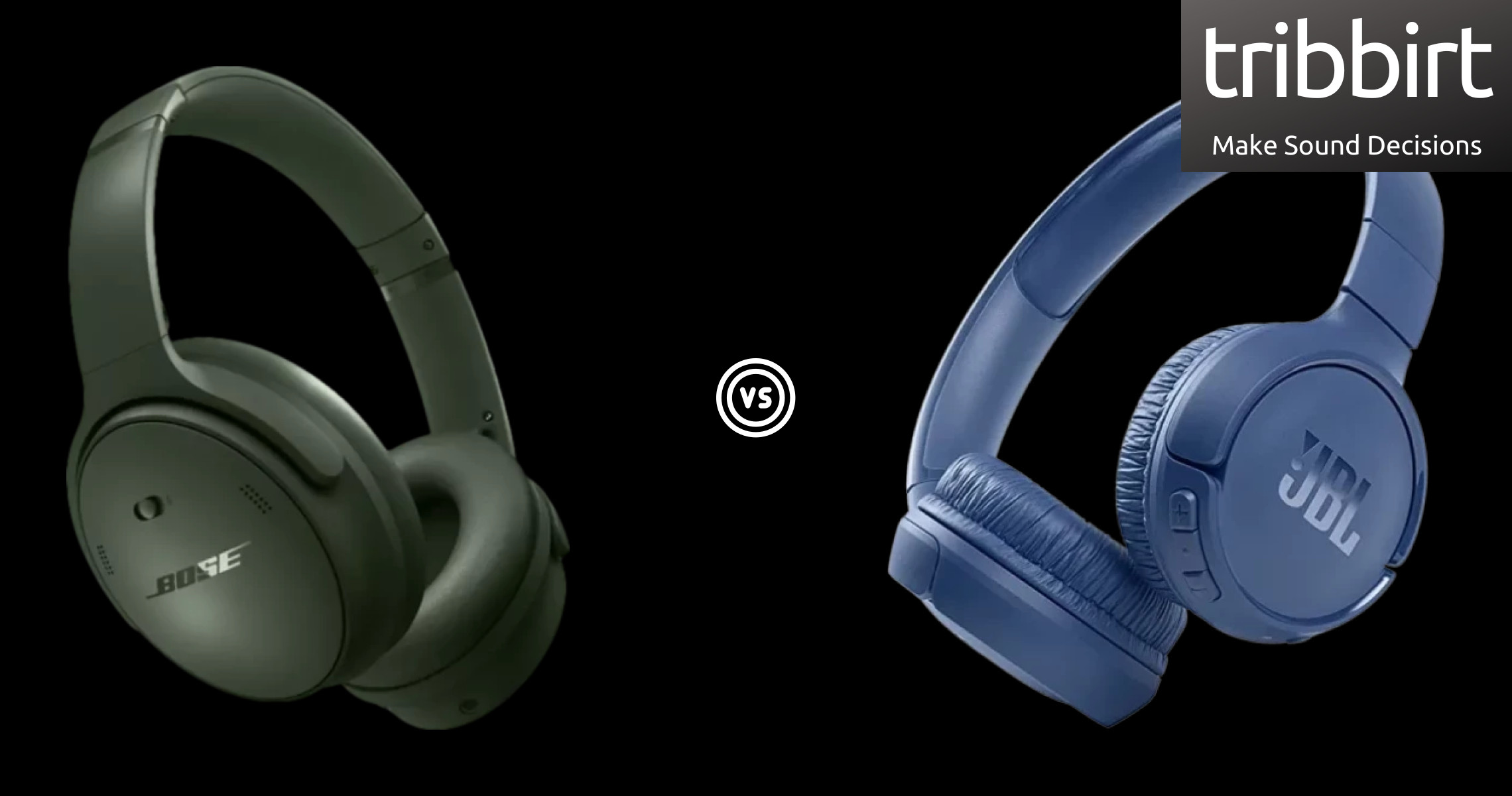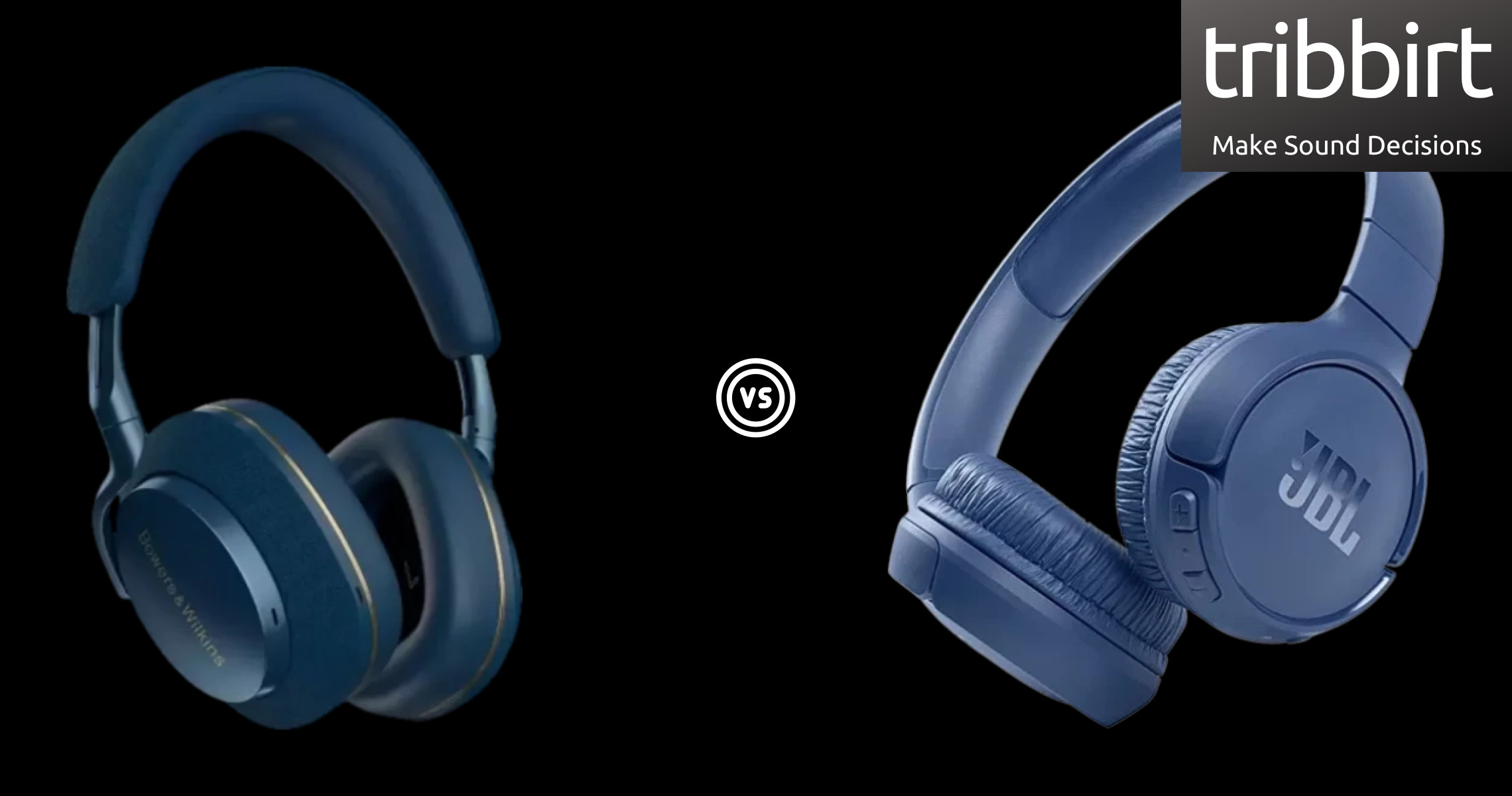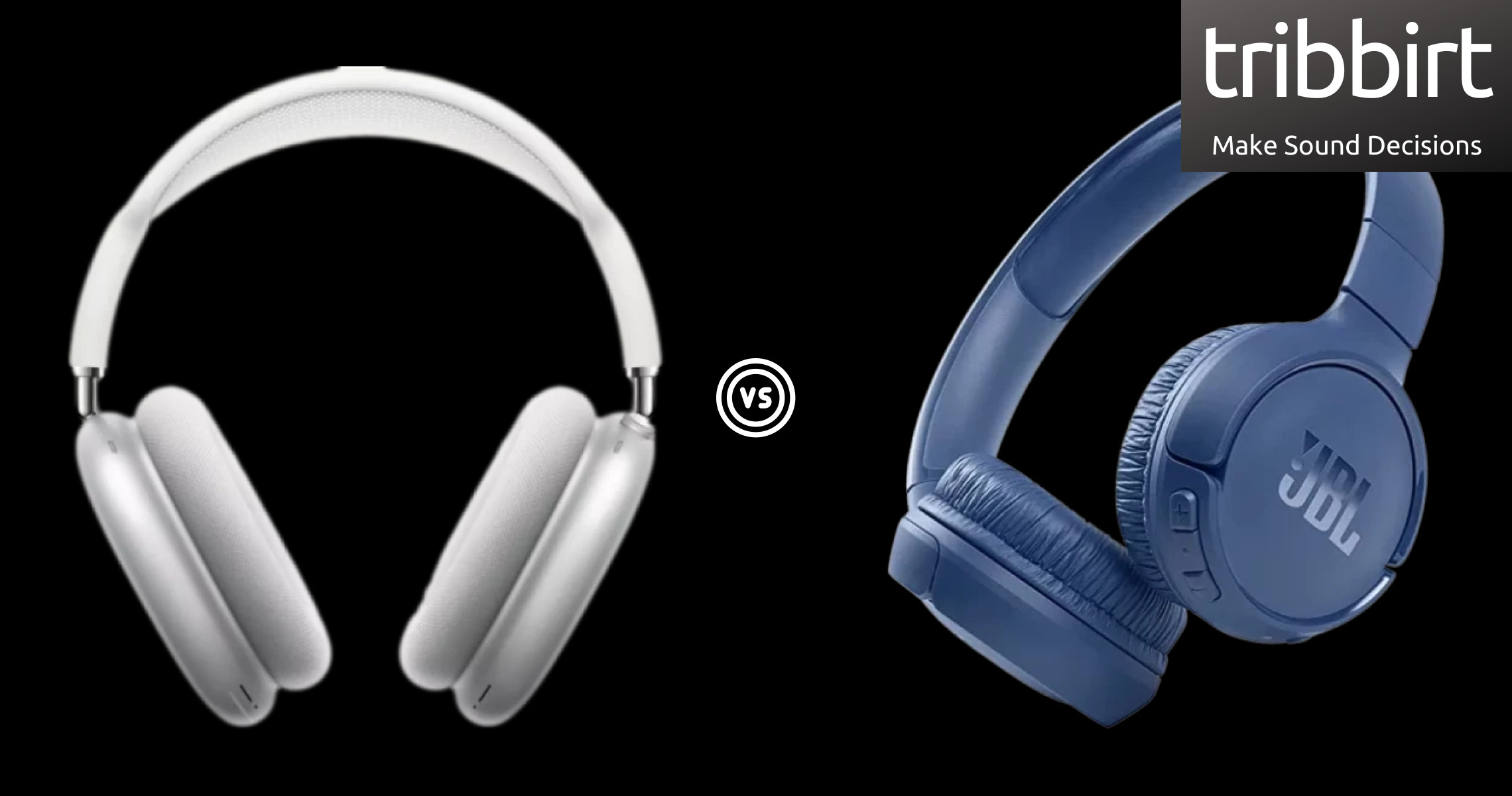JBL Tune 510BT have a weight of 160g, these weigh below 320g, which we consider as the highest average a headphone should weigh for comfort during long use. We consider a lower weight better because lighter devices are more comfortable to move with. The JBL 760NC, at 220g
are heavier than the JBL Tune 510BT by 60g
JBL Tune 510BT are foldable, which makes them more portable.
Foldable headphones are easier to transport and take up less storage space. The JBL 760NC too can fold up, foldable headphones can reduce their size by 60% to 70% when folded. On-ear headphones have smaller earpads that sit on top of your ears, this JBL Tune 510BT comfortably rests on top of your outer ears.
As it doesn't block out everything from the outside world, it's preferred in places like office environments and recommended for outdoor activities. JBL Tune 510BT have stereo speakers, devices with stereo speakers deliver sound from separate channels on both left and right sides, this creates a richer sound and a better listening experience. Both JBL 760NC and JBL Tune 510BT have stereo speakers
Passive Noise Cancellation uses well-designed ear cups to seal out environment noise.
This is used for both in-ear earphones and over-ear headphones where the headphone itself will keep surrounding noise out. The JBL Tune 510BT sits tightly in place, creating an acoustic seal that reduces background noise and prevents your music from leaking out. Both of these devices have passive noise reduction which means that also the JBL 760NC isolates you from ambient noise instead of actively using technology to cancel it out.
Low-frequency response measures if and how well a particular audio component reproduces low audible frequencies and if it makes any changes to the signal while at it. JBL Tune 510BT's lowest frequency is at 20Hz, the lower the low-frequency response, the stronger and juicier the bass. JBL 760NC's lowest frequency is at 20Hz, this implies that
both devices produce equal bass
High frequency response measures if and how well a particular audio component reproduces high audible frequencies and if it makes any changes to the signal while at it.
JBL Tune 510BT's highest frequency is at 20,000Hz, the higher the high-frequency response, the clearer and crispier the treble. JBL 760NC's highest frequency is at 20,000Hz, this implies that
both devices produce equal treble
Sound pressure is the average variation in atmospheric pressure caused by the sound, the sound level .i.e how loud something is can be perceived differently by different people so we need to have a way of getting an objective measurement of sound level expressed in numerical terms.
The sound pressure level, SPL, is the pressure level of a sound, measured in decibels, dB, JBL Tune 510BT's measurement is 103.5dB/mW.
Devices with a higher sound pressure level are generally louder when supplied with any given audio source. JBL 760NC's sound pressure level measurement is 103dB/mW. The driver unit is the component that produces sound in the device, its size dictates the loudness of the headphone.
JBL Tune 510BT driver unit is 32mm in diameter, bigger drivers are more powerful and can produce better bass. JBL 760NC driver unit is 40mm in diameter,
making them have a larger driver unit than that of JBL Tune 510BT by 8mm
, as many tend to believe that driver units of a bigger size automatically produce better sound quality.
However, large drivers usually have difficulty reproducing high frequencies so yes, larger drivers can generate louder sound, but this does not mean that they deliver better sound.
Impedance is the device's resistance to the electromagnetic current, when electricity flows through a wire, it faces electrical resistance that counters the flow of current. The resistance of a wire is measured in ohms. JBL Tune 510BT's impedance is 32Ohms, the lower the impedance, the easier it is to get higher volume and requires less power.
JBL 760NC's impedance is 32Ohms. The impedance of earbuds is the electrical resistance of the driver unit present on the inside. If your headphones play wirelessly, cancel ambient noise, or enhance your listening experience with active features, their battery life will reduce over time.
The device's battery life is given by the manufacturer, with longer battery life, you get to use it for longer and have to charge the device less often. JBL Tune 510BT's battery life is 40 hours
JBL 760NC's battery life is 50 hours. Each time you recharge your headphones, they get a little less listening time.
The effect is barely noticeable at first. But over a few years, you may find that your device, no longer plays for long like it used to. It takes 2 hours to fully charge the JBL Tune 510BT's battery.
It is recommended to fully charge the battery before using the headphones for the first time or when they have been unused for extended periods. JBL 760NC takes 2 hours to fully charge the battery
JBL Tune 510BT have a battery level indicator, an indicator shows you when the device has a low battery. The battery indicator lights indicate the charging status of your headphones.
JBL 760NC too have a battery level indicator, charging indicators allow you to determine the charging state of your headphones, whether fully charged, or the battery is running low. A rechargeable battery is a type of electrical battery that can be charged, discharged into a load, and recharged many times, as opposed to a disposable or primary battery, which is supplied fully charged and discarded after use. JBL Tune 510BT's battery can be recharged and used over again.
The JBL 760NC too have a rechargeable battery. JBL Tune 510BT can be used wirelessly, wireless devices allow you more freedom of movement not restricted by a cable. The JBL 760NC also can be used wirelessly
Bluetooth is a wireless technology standard that allows data transfers between devices placed in close proximity, using short-wavelength, ultra-high frequency radio waves.
JBL Tune 510BT has a v5
JBL 760NC has a Bluetooth version of v5. Newer versions provide faster data transfers. JBL Tune 510BT support USB TYPE-C, an industry-standard connector for transmitting both data and power on a single cable.
The USB-C plug is now part and parcel of most current laptops, phones, and tablets, it features reversible plug orientation and cable direction. JBL 760NC too have USB TYPE-C
JBL Tune 510BT support AAC, a codec that is used for Bluetooth audio. It supports 24-bit audio at 250kbps.
Because it uses psychoacoustic modeling, it can provide better results than other codecs at a similar bit rate. Bluetooth is a short-range wireless technology standard that is used for exchanging data between fixed and mobile devices over short distances. The JBL Tune 510BT can connect at a 10meters distance via Bluetooth or infrared to another device.
JBL Tune 510BT have only 1 microphones, more microphones result in better sound quality and enable the device to filter out background noise. The JBL 760NC microphones are only 1. JBL Tune 510BT support multipoint, which allows you to link to more Bluetooth devices and switch between them.
For example, you can easily switch calls from one device to another without having to manually disconnect and reconnect. The JBL 760NC support multipoint count. Bluetooth multipoint would come in handy because you can be on one call without missing notifications coming from another device.
There is a control panel on the JBL Tune 510BT body, so you can easily access the volume control or remote without having to interact with a cable or another device it's connected to. The JBL 760NC too have a control panel on them. JBL Tune 510BT can be used as a headset.
A headset is one headphone or pair with a built-in microphone. Headsets can be used for apps that require communication i.e. Zoom, Google Meet, Skype, games with voice chat, mobile phones, etc.
JBL 760NC can be used as a headset. since they have a built-in microphone
The period of time that warrant free repair and adjustment services in case of a malfunction occurring under normal use that has followed instruction manuals. When covered under the manufacturer’s warranty it is possible to get a replacement in the case of a malfunction.
JBL Tune 510BT have a warranty period of 1 years
